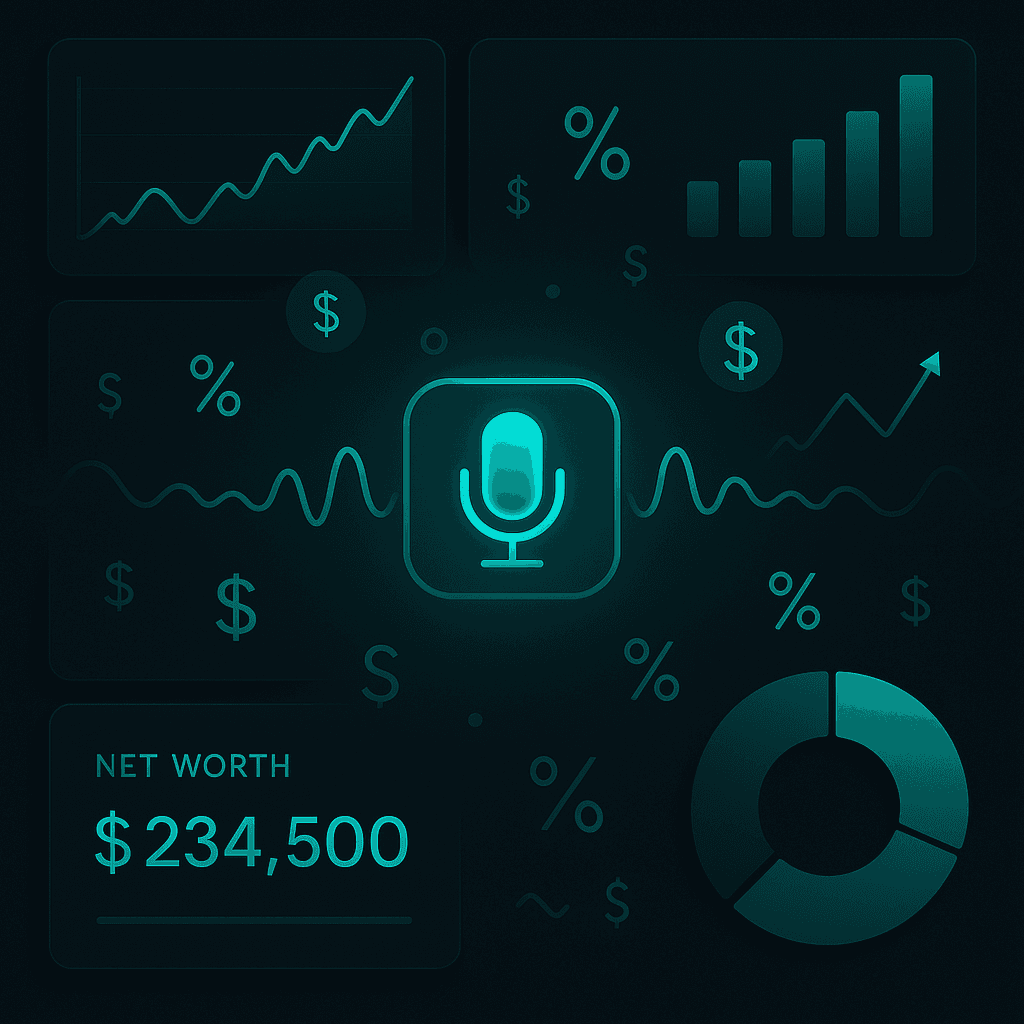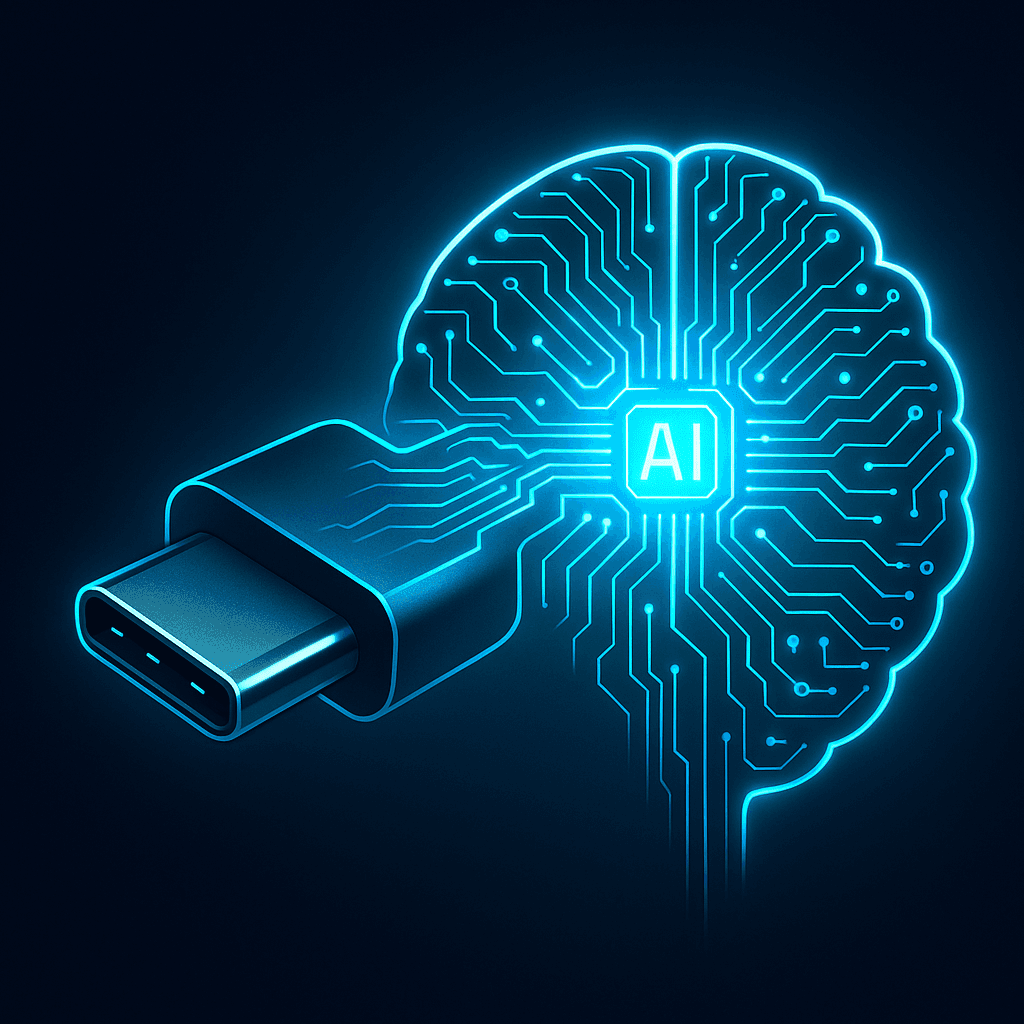I was first introduced to programming when I was 15 years old--quite late compared to many of the programmer wizards out there--where I learned
Java in my AP Computer Science class. Despite that being a fundamental class in my understanding of object-oriented programming (OOP) and software principles, I mainly remember the pain of wrapping my head around what are now simple concepts like objects and classes. I distinctly remember my teacher at the time (who was absolutely brilliant, by the way) demonstrating classes and objects through house, car, and pet examples. The rest of the course was extremely tough, and I don't think I would have passed the class if it wasn't for my good friend Marcus.After 8 months of genuine hell, I eventually made it through. From that point on, despite the many data structure and theory classes in
C/C++ I had to take in university, there was a sharp incline in my understanding as my brain began to think more from a programmer's perspective.Where my programming skills really took off was when I started solving real-world problems that directly affected my life. This was in my first year of university, at 18 years old, where I built a web traceability application that complied with CFIA (Canadian Food Inspection Agency) requirements for my parents' freeze-dried business. The premise of the web app was to allow users to log ingredients, use those ingredients to make products, and then link those products to sales invoices--all done through QR code scanning to streamline the process.
For example, if a customer got sick from one of the products, we could scan the QR code placed on the product, and it would bring up the entire traceability map, clearly showing where all the other batches of that product went and where every ingredient came from.
In retrospect, the first iteration was horrible--you should have seen how I structured my
Postgres database 😅. We used it for some months but inevitably realized we hadn't understood the problem (requirements) sufficiently, so I deleted the whole application and started again. We again used this for some time only to do the exact same thing. I went through three complete iterations where I literally started from scratch each time. The last iteration (completed in February 2024) finally hit the mark, incorporating everything I'd learned about proper database design, API structuring, and clean code principles, but most importantly, understanding the system requirements.My journey into AI and specifically Large Language Models (LLMs) began in November 2022 when
GPT-3.5 was released. At the time, I wanted to create a note-taking app where I could record my lectures and use the transcript as my notes. Coincidentally, OpenAI released the disruptive model ChatGPT 3.5. My friend Adarsh introduced ChatGPT to me, and I eventually connected the dots: once I had the transcript, I could utilize the ChatGPT 3.5 API to organize and simplify the notes in a helpful way.I remember being absolutely obsessed and intrigued by ChatGPT, and I spent countless hours experimenting and playing with their models.
This eventually turned into BriefBuddy, originally a web app designed for university students to easily record their lectures and, within minutes, get a curated set of notes that they could organize into classes. I remember specifically at the time, the bottleneck of LLMs was the context window. I believe it was
4096 tokens (roughly 3000 words), which significantly limited bigger transcripts. Two approaches rose to the surface to solve this problem:1. Getting the LLM to analyze in chunks and then having the final LLM consolidate the notes, but this had many limitations
2. Vector embedding the sentences (words, paragraphs) of all the context, and then when a query would come through, it would vector embed the query and find the semantically most similar content to pass as context
This project taught me not just about LLMs, but about the entire process of building and scaling a product from a web app to a full-fledged iOS application. The challenges of prompt engineering, context management, and making AI interactions feel natural became my daily puzzles to solve.
This hands-on experience with LLMs substantially helped me land my current position at The Fiscal Incentives Group (TFI), where I continue to work today. At TFI, I've had the opportunity to build company-wide AI solutions that transform how they do business by creating AI pipelines for R&D claims, tax relief, and document processing.
Between my main projects, I'm constantly tinkering with side projects--they're my playground for learning and experimentation. There's nothing quite like starting a new
Vercel/Next.js app where it feels like I can bring any idea to life. Whether it's building DailyVocab to help people (mainly myself) learn new words by getting LLMs to come up with obscure and unique English words, or working on StoryTime, an app that allows users to add their story preferences and then get an LLM to generate a 20-30 minute story.This blog is essentially my digital journal--a place to document my discoveries, share what I've learned, and explore where my interests are taking me. While I'll cover various aspects of software development and technology, there'll be a particular focus on AI and LLMs, as that's where my passion lies.
I believe we're just scratching the surface of what's possible with these technologies, and I'm excited to be part of this journey.
I hope you'll join me as I share my experiences, challenges, and insights in this rapidly evolving field. Whether you're a fellow developer, an AI enthusiast, or just curious about technology, I aim to make this blog a valuable resource for learning and discussion.



